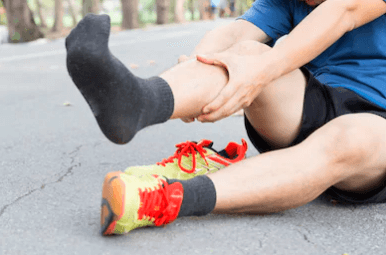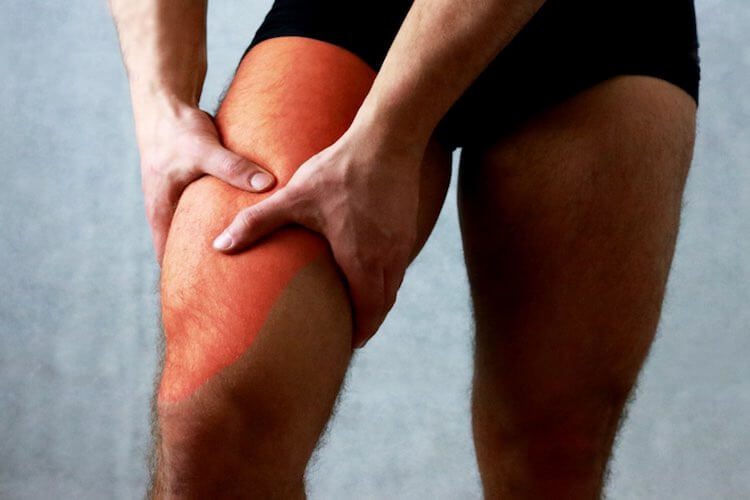When these muscles are overused or improperly used they can become strained leading to pain, reduced motion or even loss of function. Forearm strain is not limited to athletes or physically active individuals but can affect anyone whose activities involve repetitive wrist or finger movements, such as typing, knitting, or playing musical instruments.
Understanding the anatomy of the forearm and the stressors that can lead to strain is essential for the prevention of injury and treatment. Here’s an overview of forearm strain, its common causes, and how to fix it should it arise.
Table of Contents
ToggleKey Takeaways
- Understanding the causes and symptoms of forearm strain is essential for early detection and treatment.
- Proper treatment and preventive measures can significantly reduce the risk of future injuries.
- Regularly incorporating exercises that strengthen the upper limbs and improve flexibility can help avoid forearm strain.
What Causes Forearm Strain?
The causes of forearm strain can vary from person to person but are often related to repetitive motions or sustained positions that place undue stress on the forearm muscles. Beyond sports and physical activities, occupational hazards such as prolonged computer use, assembly line work or any task requiring repetitive hand movements can lead to strain.
The anatomy of the forearm is complex with multiple muscles working in concert to facilitate hand and wrist movement. When these muscles are overused particularly without enough rest or not using proper techniques – the risk of strain increases. Recognising the activities that contribute to strain is just the first step in addressing and dealing with potential issues.

Forearm strain symptoms
The most common forearm strain symptom is an ache in the muscles between the elbow and wrist. There may be swelling, and the area can be painful to touch. This tends to be felt during or immediately following an aggravating activity. There might also be changes to the sensation felt along the forearm and in the fingers.
- Aching pain between the elbow and wrist
- Swelling in the forearm
- Tenderness and pain when touching the affected area
- Stiffness in the forearm muscles
- Weakness in the forearm
- Changes in sensation, like numbness or tingling in the forearm and fingers
- Pain that worsens during or after activities involving the forearm
- How to Treat Forearm Strain?
- Effective treatment of forearm strain requires a multifaceted approach tailored to the individual specific causes and symptoms. Initial steps often include rest and ice to reduce inflammation and pain. However, long-term management involves much more.
How to Treat Forearm Strain?
Effective treatment of forearm strain requires a multifaceted approach tailored to the individual specific causes and symptoms. Initial steps often include rest and ice to reduce inflammation and pain. However, long-term management involves much more.
Physiotherapy focuses on exercises that strengthen the forearm muscles and improve flexibility. Techniques such as dry needling and massage therapy may also be used to alleviate muscle tightness and enhance healing. In some cases, ergonomic adjustments to workstations or sports equipment are necessary to prevent recurrence. Taping or bracing can be used to support the forearm while it is healing.
Pain management may include over-the-counter or prescribed anti-inflammatory medications, but it’s essential to address the underlying causes to achieve lasting relief.

Forearm Strain Prevention
Preventing forearm strain is possible and achievable when using several proactive measures. Strengthening exercises for the forearm, wrist, and even the shoulder and upper back can provide support and reduce the load on the forearm muscles during activities.
Flexibility and mobility exercises are equally important, as they help maintain muscle health and prevent stiffness. Assessments of work and activity spaces can identify risk factors and suggest modifications to reduce strain.
The most effective way to prevent this injury from occurring in the first place is by strengthening your upper limbs to withstand the load you’re applying. Keep the shoulders and upper back as mobile as possible to maintain good flexibility through the upper limbs.
If you’re experiencing pain or stiffness in your forearm, please see us at Sports Focus. Book your appointment online now.

FAQ
When Should I See a Physiotherapist About Forearm Strain?
It’s advisable to seek medical advice if forearm pain persists despite rest and home care measures, if there’s noticeable swelling, bruising, or if pain significantly interferes with daily activities. A healthcare professional can assess the severity of the strain and recommend appropriate treatment, which may include referral to a specialist such as a physiotherapist or orthopedist.
How Do You Know If You Pulled a Muscle in Your Forearm?
A pulled muscle in the forearm typically manifests as a sudden, sharp pain occurring during an activity that strains the muscle. This pain may be accompanied by swelling, bruising, or a decrease in muscle strength or range of motion. If these symptoms are present, it’s important to cease the aggravating activity immediately and consult a healthcare professional for a proper diagnosis and treatment plan.
Should You Stretch a Strained Forearm?
While gentle stretching can aid in recovery from a strained forearm, it’s important to proceed with caution. Stretching should be gentle and not cause pain. If stretching exacerbates the pain, it should be stopped immediately. Consulting with a physiotherapist for a tailored stretching and rehabilitation program is recommended to ensure that recovery is effective and to prevent further injury.
What Does a Forearm Strain Feel Like?
A forearm strain can feel like an aching, throbbing, or sharp pain in the muscles between the elbow and wrist. The area may feel tender to the touch, with pain intensifying during activities that engage the forearm. In some cases, there might also be stiffness, swelling, or changes in sensation such as tingling or numbness, indicating a need for careful management and treatment.



